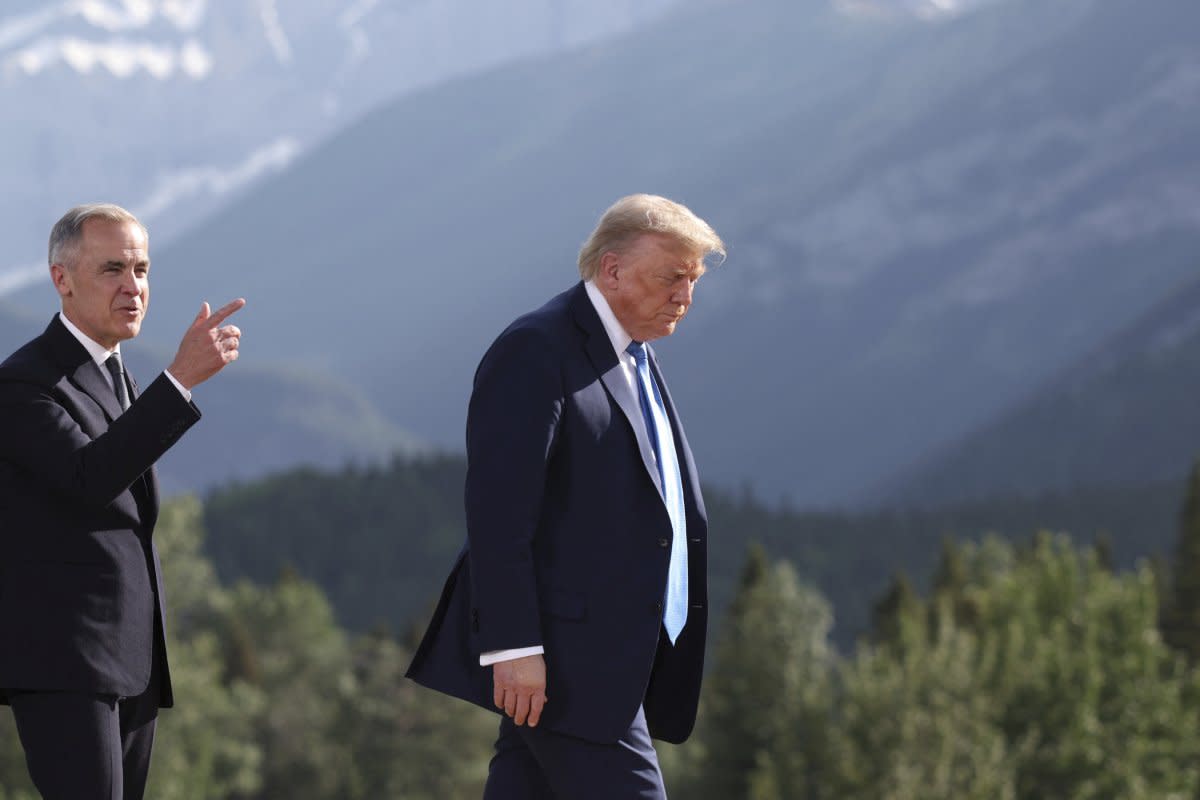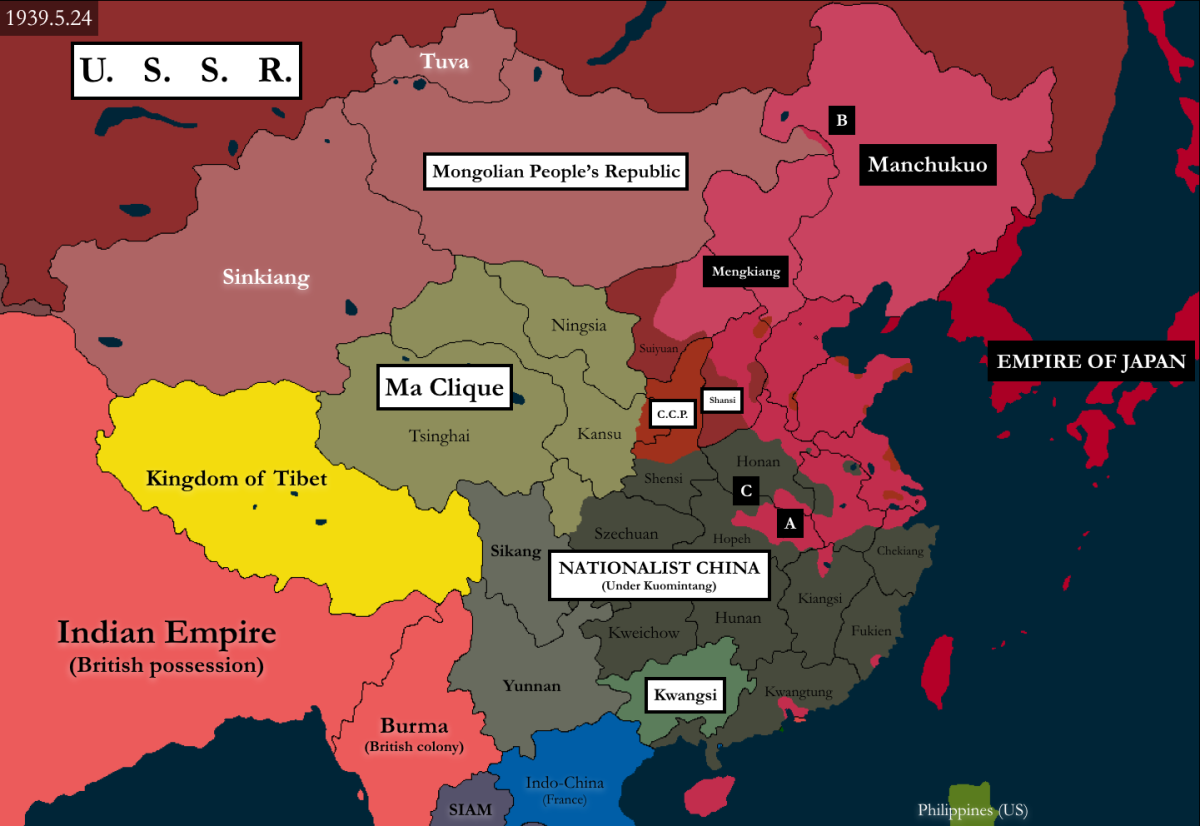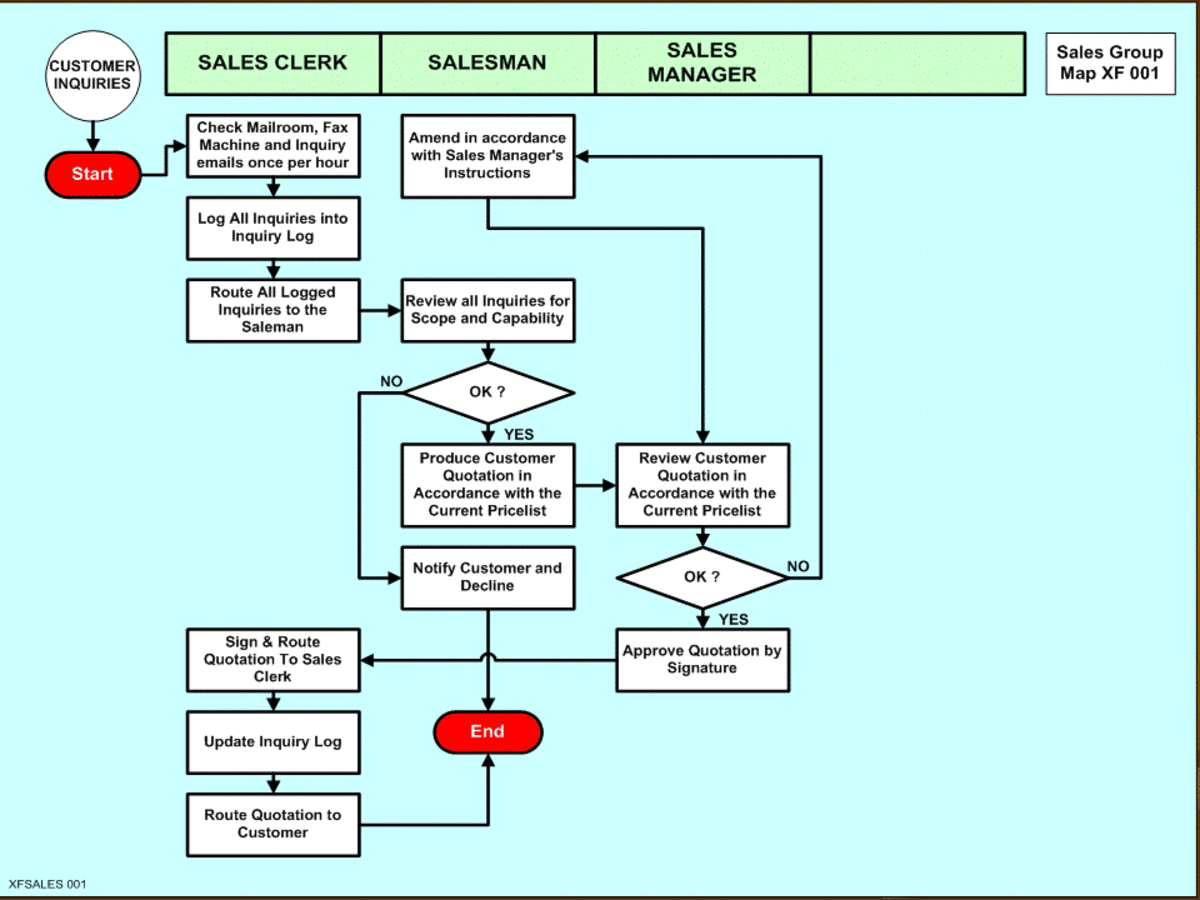What are the causes of a Trade War Between the United States and China ?
What is a trade war?
One nation's fair trading practice may not be another's.
Static fair trading perceptions are incompatible with evolving trade. Trade expansion into differing cultural experiences requires dynamic perceptions.
Reacting to differing trade perceptions by applying tariffs without consensual transparent understanding can lead to retaliatory tariff rises from other nations. Counter retaliatory tariffs on a broader import ranges, or higher tariff charges leads to escalating spirals of further tit for tat tariffs.
A trade war forms and becomes politically charged as each nation applies its own interpretation to trade tariffs without considering what is fair and reasonable to other nations. Political resolve to deal with trading issues becomes inflammatory.
Unless carefully avoided; political reputation of national leadership is gambled that the other side will back down first in a Trade war.
Only a negotiated settlement resolves the issues of a trade war.
President Trump
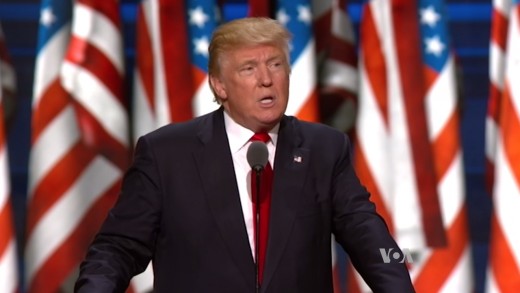
What is an import Tariff?
An import Tariff is a tax placed upon imported goods by the nation that is importing the goods.
Tariffs increase import prices making domestic products more attractive to purchase by domestic consumers.
This ' protects ' the nation's economy from international competition. This form of Protectionism will stagnate the economy as tariffs prevents economic costs reduction by adapting to fit for purpose' products and services for requirements by fair and open international competition.
Specific Tax tariffs on imports protects the economy from unfair trading practices such as labour exploitation , unfair subsidisation, health and safety risks or property theft.
In the post cold war period most nations try to avoid escalating trade wars. In the absence of international trade agreements most nations initially apply WTO tariffs.
What is the WTO?
The World Trade Organisation is internationally agreed trade tariffs with arbitration powers by 124 nations from 1 January 1995.
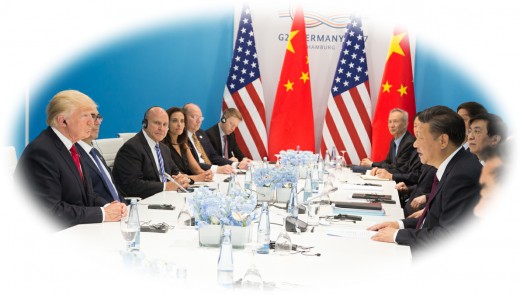
Trump and United states
There have always been differing interpretations and perspectives of 'fair' trade because of Historical ,Ideological,Cultural, Political and Geographic differences. Both have had successful trading relationships since the ending of the cold war.
What are the reasons for change ?
- Differing liberal interpretations of intellectual propriety has led the US to feel politically threatened by China because of a growing trade deficit.
- Loss of older carbon based industries has mean't reactionary US politics interfering more in Global Trade.
- Global Economic leader status is being challenged by China's rising GDP.
- China's naval asset acquisition challenges American Naval Power in the Pacific. China becomes more viewed as a Military and Economic rival than a trading Partner.
Xi and China
Economic growth is used as a political tool to help one party politics feel more secure in China.
Chinese Leadership behaviour is limited by their fears of political destabilisation by losing any confrontation.
Growth of trade deficit with China

Is a trade deficit with China unique?
Or has the world been here before?
History reviews add Perspective.
The most populous country has always had one of the world's largest economies. Chinese products being sought after by the rest of the world. The earliest being silk and spices.
China is so vast and historically isolated from large foreign markets that it had to become self sufficient to survive as China. This geographical protectionism would stagnate the Chinese economy from international competition. And also meant large trade deficits for foreign traders.
Was China the largest economy before 1820?
After 1820 the British empire silver reserves were being drained for an addictive Chinese tea leaf, porcelain and silk. The only desired item was a narcotic; the opium poppy.
To protect Chinese citizens from the addictive opium; certain opium imports were increasingly banned by the Imperial Chinese from 1829.
British traders and later the Americans resorted to smuggling. In 1839 the Imperial Chinese sudden blockading of ports and confiscation of Opium Products without compensation; provoked the British Empire to actually go to war with Imperial China.
The Opium Wars
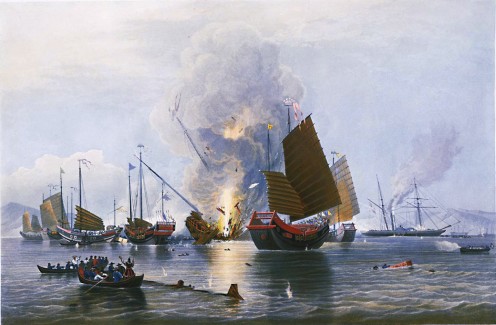
China : Stagnation and reform
China's economy had stagnated, so their imperial naval war Junks were easily sunk by British iron clads. Central Imperial Chinese authority later collapsed under diplomatic aggression of stronger Foreign Powers. Imperial Japanese forces invaded Manchuria in the 1930s.
In 1945; Chinese Nationalist and Communist forces ejected the Japanese with help from the Allies. As the Chinese have only known totalitarian leaders crushing opposition in bloody civil war and not democratic power sharing. Chinese communists fought and drove the nationalists into present day Taiwan. China's economy lay dormant under communism.
In 1978 a pragmatic Leader; Deng Xiaoping ascended to premiership. Reforming agriculture, opening China to foreign investment, and permitting entrepreneurs to start businesses. Then Deng contracted out state-owned industry and lifted price controls, removed protectionist policies, and regulations except in Oil and Finance.
From the 1990s China recovered it's market share by using its most abundant asset, the largest cheap Labour force to undercut the products of the rest of the world.
US, China and India's GDP Growth in Purchasing Power Parity prices ; International $ 1980 to 2023

What is GDP?
GDP ( Gross Domestic Product ) , is a measure of a nations wealth. Consisting;
Consumer spending +investment +government expenditure +net exports,
Net exports = exports less imports.
Because each different currency changes value in relation to each other the IMF converts the currency into purchasing power parity that reflects the true purchasing power.
US GDP has a steady inexorable rise, that accelerated after 2005 despite a growing trade deficit with China. Not even the Lehman Brothers market crash of 2008 halted this.
China's GDP rise is equally impressive. India's GDP has gained from Global trade while other nation' s GDP have benefited less from Global trade.
So the trade deficit has not hurt either the United sates or China's GDP
What happens if we divide the GDP by the population that has to share this GDP?
This would be the income every citizen would ideally receive as evenly distributed wealth. This is called GDP per capita.
Growth of GDP per capita in Purchasing power parity prices : International $ : 1980 to 2023

China's 2018 GDP divided by it's population is below
American ,Japanese, Turkish, Chilean and Russian citizens
2018 GDP per capita in current Purchasing power parity prices: international $
Country
| International $
|
|---|---|
Nigeria
| 6030.432
|
India
| 7795.891
|
Philippines
| 8933.325
|
Egypt
| 13373.555
|
Brazil
| 16111.564
|
China, People's Republic of
| 18119.966
|
Chile
| 25891.128
|
Turkey
| 28270.226
|
Russian Federation
| 29032.033
|
Japan
| 44549.689
|
France
| 45601.102
|
United Kingdom
| 45642.763
|
Australia
| 52362.968
|
Germany
| 52896.613
|
United States
| 62517.53
|
Hong Kong SAR
| 64794.17
|
United Arab Emirates
| 70262.376
|
Singapore
| 98255.347
|
GDP expressed as Purchasing Power Parity International $
China Ascendant
As shown the trade deficit with China is not preventing American economic growth.
Environmental change is becoming more inevitable. Losing older US industrial plants is more suited to these future environmental friendly economy when displaced workers are re tasked.
The main reasons that sustain trade disputes between China and the united states are becoming more political than economic.
Legal definitions of intellectual propriety are also bound into this conflict but maybe transitory . Because China's workforce is becoming more educated and are producing higher quality technical sophisticated products. The Balance of intellectual propriety is likely to shift towards China.
As in the past (gunpower etc.) if China does overtake the world in technical invocation the rest of the world will seek Chinese products even more. Leading to increasing trade deficits with China.
How will the rest of the world handle this again?
I doubt that offering an opium poppy to offset a trade deficit and then going to war to secure smuggling rights are healthy options to pursue.
Those who fail to learn the lessons of history are doomed to repeat them;
Those who fail to learn history correctly.
Why...
they're just plain doomed.
— Adapted by author from George Santayana and Andromeda series 1
